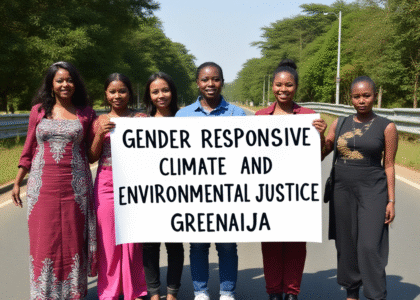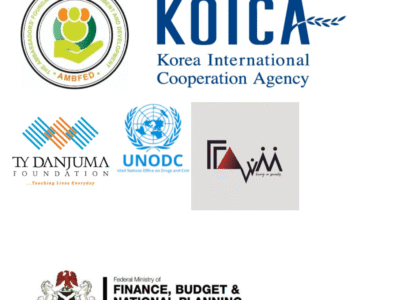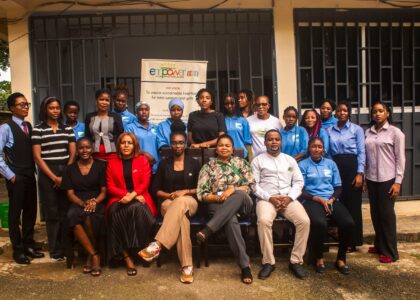Throughout the course of recent years, NGOs have zeroed in much exertion on Forging Collaborative Alliances in Humanitarian to decrease duplication of exertion and squandered assets, advance talented institutional reactions and work on crisis reaction. Expanding intricacy encompassing helpful arrangement and activity, incorporating difficulties related with environmental change and the worldwide financial emergency, further stress the direness of coordinated effort and organizations for working on the speed, quality and viability of compassionate reaction. By recognizing factors influencing joint effort and organization, this article traces how successful NGO cooperation can improve philanthropic reaction.
Compassionate coordinated effort and the Principles of Partnership (PoP)
The Inter-Agency Working Group (IWG) was started in April 2003, presuming that the IWG could achieve specific exercises better all together. One such cooperative drive is the Emergency Capacity Building Project (ECB), started in 2005 and carried out through seven IWG organizations: Oxfam-GB, Save the Children-US, World Vision International, Catholic Relief Services, the International Rescue Committee, CARE International and Mercy Corps. Subsidized by the Gates Foundation, the Microsoft Corporation and most as of late by an ECHO project award, the ECBs by and large point is to work on the speed, quality and adequacy of philanthropic reaction by tending to four limit holes recognized by the organizations in question: staff limit; responsibility and effect estimation; hazard decrease; and data and innovation prerequisites. The ECB has delivered and spread a scope of instruments and preparing activities to assemble limit. All the while, much has been found out with regards to how to accomplish powerful cooperation and organization.
The foundation of the IWG and the ECB mirror a create some distance from rivalry with getting individual organization subsidizing as an essential concern to an emphasis on joint effort, with the target of working on aggregate compassionate reaction. As nature of effect turns out to be more significant, so entombs organization joint effort.
Perceiving a need to set up guidelines and standards, the Global Humanitarian Platform (GHP)[1] created Principles of Partnership (PoP), tending to uniformity, straightforwardness, an outcomes situated methodology, obligation and complementarity. These standards support building viable associations, contributing thus to improving the viability of helpful activity. In July 2007, IWG individuals consented to these standards and focused on standard PoP inside their associations.
Expanding on the Principles of Partnership
While the improvement of the PoP and agencies obligation to them address significant accomplishments, the standards don’t address the how of viable cooperation and organization. To address this hole, the 12 Dynamics of Collaboration and Partnerships depicted here expand on the establishment laid by the PoP. These 12 elements reflect illustrations learned in five years of involvement in the IWG and ECB projects.
1. Focusing on trust
Whenever trust is worked among teaming up establishments it is a lot more straightforward to settle on joint activity cycles, ventures and devices.
In ECB and IWG cooperation, despite the fact that building trust was not at first a perceived objective, when trust between offices was set up it turned into the main element in ideal and successful cooperative philanthropic reactions. Hence, the IWG and ECB between organization encounters prompted the distribution of Building Trust in Diverse Teams.[2]
2. Shared vision
Proof from composed endeavors and associations shows that gatherings benefit from fostering a common vision for more extensive influence.[3]
At the point when the IWG built terms of reference (TOR), the degree imagined normal needs having broad advantageous ramifications for different organizations, increased capacity being one key drive. Products of this more extensive vision included decreased responsibilities and sharpened ranges of abilities.
3. Tolerating time and exchange costs
Building organizations takes time. Results require responsibility, tolerance and industriousness.
ECB Phase I encounters supported that joint effort, coordination and trust-building take time. To stay away from deferrals and interferences, and to hold staff, full-time Focal Points were recognized to assemble connections and lead drives for Phase II. Establishments don’t make organizations and joint effort work in the beginning phases people do.
4. Shared dangers and expenses
Cooperating offices need to show monetary, staffing and authoritative responsibility.
Critical monetary danger has been officeholder on individual IWG organizations, regardless the subsidizing the ECB has gotten. Applying to the Gates Foundation for Phase II required IWG organizations to focus on giving more than $6 million in matching assets north of five years. Another between office joint drive in Zimbabwe announced smoothed out costs as a consequence of requiring just one contracting accomplice, fit monetary and acquisition administers and bound together reporting.[4]
5. Choosing when to shape associations
Not all conditions call for coordination and organization drives.
It is neither important nor alluring to demand coordinated effort for the wellbeing of its own. Commitment expects impetuses to team up, parties that are impartially dedicated and inspired and settlement on wanted results. In the IWG experience, if some or all of the above factors are not thought of, effective joint effort and association might be improbable.
6. Guidelines for commitment
A recorded TOR guarantees that all gatherings comprehend the reason and design of commitment.
The IWG and ECB thought that it is essential to communicate arrangements recorded as a hard copy so members could illuminate their particular associations and to explain outer organizations interest. Assuming that hierarchical or between private matters emerge, these fundamental arrangements can work with goal.
7. Focusing on best administration
Genuine association requires putting the best authority forward based on satisfactory limit.
The ECB project is overseen via CARE, the organization with most knowledge of the funder, the Gates Foundation. In like manner, World Vision was chosen, in view of hierarchical history and staff limit, to lead and oversee linkages with IWG offices for the extended Ambiguity and Change MK II[5] examination to which IWG individuals are contributing.
8. Prolific ground for development
Organization done well advances development and development.
IWG cooperation turned out to be completely useful solely after trust and agreement had been assembled and administration was locked in at points of solidarity. Having various notable and broadly regarded offices work together upgrades item believability, and broadens scattering all through the compassionate local area. One model is The Good Enough Guide, which in June 2008 became one of Oxfam Publishing’s best-sellers.[6]
9. Correspondence of individuals and overall influence
The size or impact of organizations should not to influence value in shared administration and independent direction; fairness is vital assuming individuals are to stay ready to contribute their best.
Both the IWG and ECB took in a group point of view that the size or impact of a specific IWG office would not gauge its contribution to independent direction. All IWG choices are agreement driven, and drives are sent to the office ideally suited to oversee them.
10. Benefits for all
Ventures will develop assuming accomplices can see clear impetuses and results significant to their organization.
Proceeding with commitment by IWG and ECB organizations is proof that individuals see benefits gathering to their separate foundations. These advantages incorporate sharing staff, financing for crises, functional data and access and together tending to areas of normal concern, like principles, responsibility and great philanthropic donor-ship. Items are ascribed to the ECB, not to individual organizations, and a feeling of ours not mine has won.
11. Results-situated activity approach
Achievement is constructed when gifted implementers connect calculated devices with worldwide field real factors in quest for quantifiable objectives.
The ECB has grown more than 20 products[7] in the beyond three years. A perfect representation is The Good Enough Guide, which is being utilized widely in Indonesia, East Africa, Zimbabwe and West Africa by IWG individuals just as different NGOs. The Guide was utilized to foster a recipient objection framework in Indonesia during the Yogyakarta.
12. Sustaining a Learning Culture
Effective associations and cooperation support a learning society.
The IWG has consented to do between organization crisis learning occasions. The ECB has created 12 examination items in the beyond three years to advance great and promising practice. Working together organizations upgrade one anothers proof based learning by sharing devices and assets. The ECB project went significantly further, setting up standing groups for joint assessments and learning around crisis responses.[8]
for more info:
Credits: www.odihpn.org







